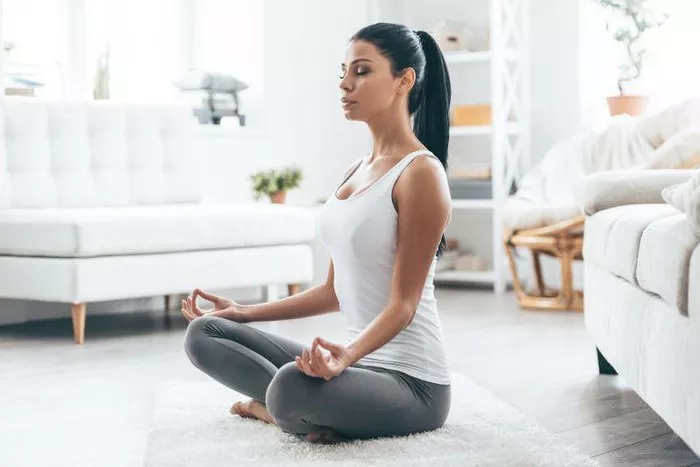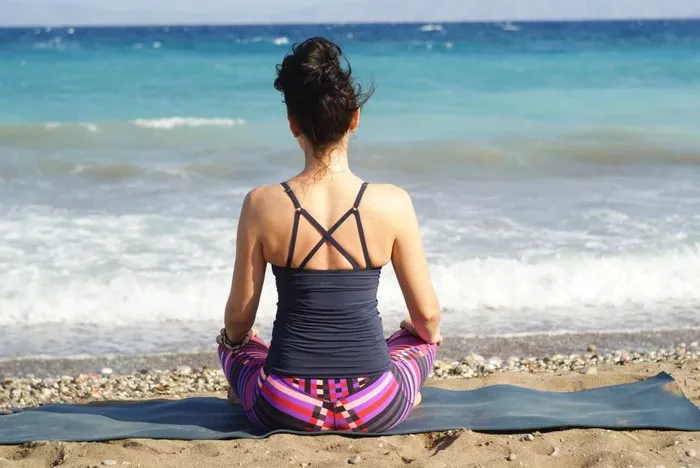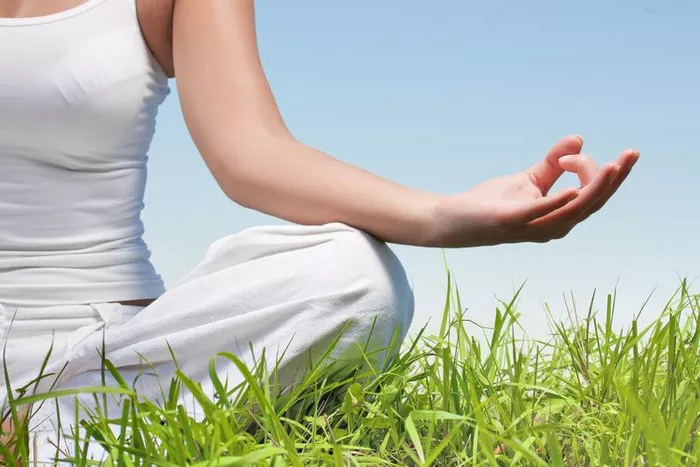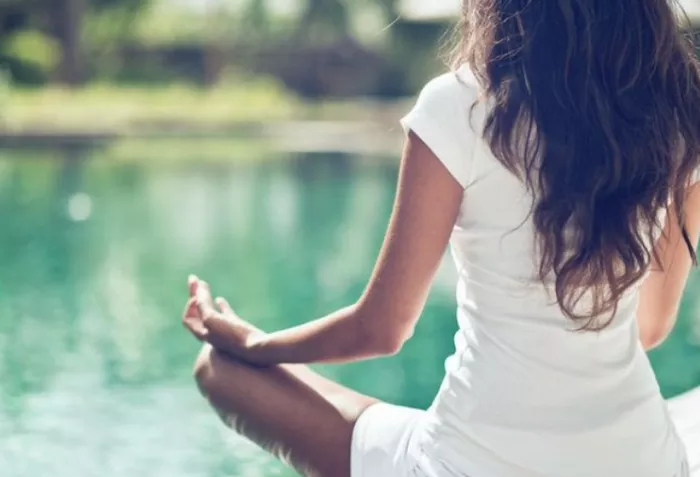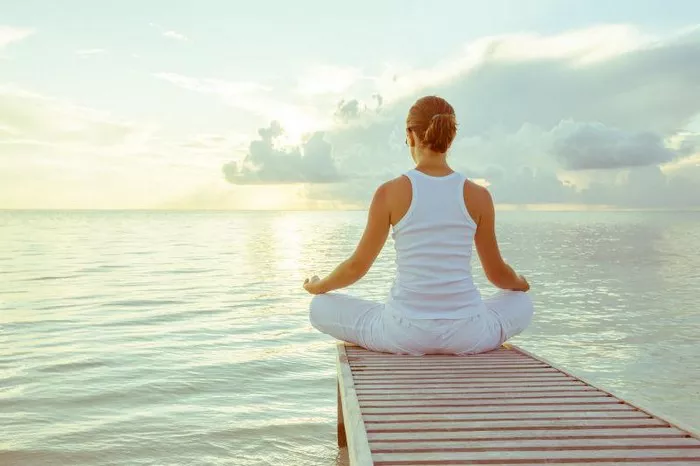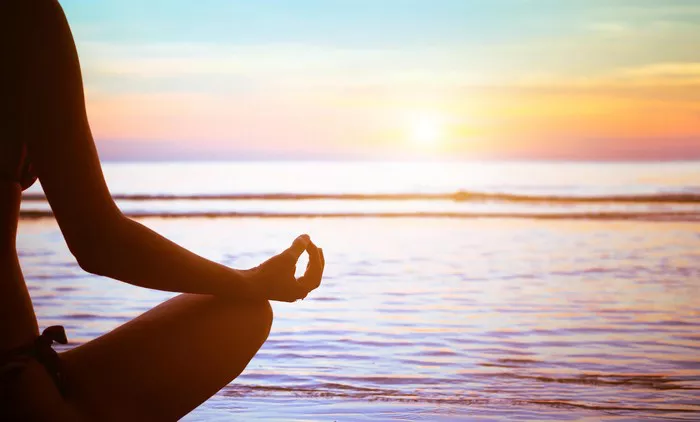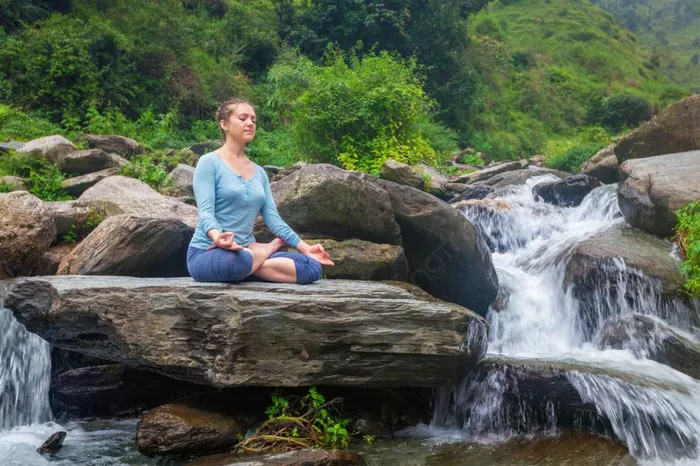Yoga is a practice that has evolved over thousands of years, with various styles emerging to suit different needs and goals. One such style is Dynamic Hatha Yoga, a practice that blends the foundational principles of traditional Hatha Yoga with fluid, energetic movements. This combination creates a balanced approach to strength, flexibility, and mindfulness. In this article, we will explore the key features of Dynamic Hatha Yoga, its benefits, how it differs from other yoga styles, and tips for practitioners who want to incorporate it into their routine.
Understanding Dynamic Hatha Yoga
1. What is Hatha Yoga?
Hatha Yoga is one of the oldest and most widely practiced forms of yoga. The term “Hatha” is derived from the Sanskrit words ha (sun) and tha (moon), symbolizing the balance between opposing energies. Traditional Hatha Yoga focuses on:
- Asanas (physical postures) to build strength and flexibility.
- Pranayama (breath control) to regulate energy flow and calm the mind.
- Meditation and relaxation techniques to cultivate mindfulness and inner peace.
Hatha Yoga is typically practiced at a slow and steady pace, allowing practitioners to hold poses for an extended period to deepen their awareness and enhance alignment.
2. What Makes Hatha Yoga Dynamic?
Dynamic Hatha Yoga incorporates fluid transitions between postures while maintaining the emphasis on alignment, breath control, and mindfulness. It is often described as a fusion of traditional Hatha Yoga and Vinyasa flow, with a moderate pace that energizes the body while still allowing time for refinement in poses.
Key elements that make Hatha Yoga dynamic include:
- Continuous movement: Instead of holding static poses for a long time, Dynamic Hatha Yoga involves seamless transitions from one posture to another, creating a rhythmic flow.
- Synchronizing breath with movement: Like Vinyasa Yoga, practitioners coordinate inhalation and exhalation with specific movements, promoting deeper awareness and a meditative state.
- Balanced approach: Unlike fast-paced styles such as Power Yoga, Dynamic Hatha Yoga maintains a mindful approach while encouraging movement.
Benefits of Dynamic Hatha Yoga
1. Enhances Strength and Flexibility
The continuous movement and variety of poses help improve both muscle strength and joint flexibility. Holding postures dynamically engages different muscle groups, building endurance while maintaining fluidity.
2. Improves Cardiovascular Health
Compared to traditional Hatha Yoga, the dynamic nature of this practice increases heart rate and circulation, providing cardiovascular benefits similar to low-impact aerobic exercises.
3. Develops Mind-Body Awareness
The integration of breath with movement encourages practitioners to stay present, cultivating mindfulness and enhancing the mind-body connection.
4. Boosts Energy Levels
By incorporating movement with breath, Dynamic Hatha Yoga stimulates the nervous system, increasing energy levels and improving focus throughout the day.
5. Supports Mental Well-Being
Like other forms of yoga, Dynamic Hatha Yoga helps reduce stress and anxiety, promoting emotional balance and relaxation through mindful breathing and movement.
6. Enhances Posture and Alignment
Practicing controlled movements with attention to alignment strengthens the core and stabilizing muscles, improving overall posture and reducing the risk of injuries.
How Does Dynamic Hatha Yoga Differ from Other Yoga Styles?
1. Dynamic Hatha Yoga vs. Traditional Hatha Yoga
- Traditional Hatha Yoga: Focuses on static poses with longer holds and deep breathing.
- Dynamic Hatha Yoga: Incorporates fluid movements and transitions, maintaining mindfulness while promoting energy flow.
2. Dynamic Hatha Yoga vs. Vinyasa Yoga
- Vinyasa Yoga: Is a fast-paced, flowing practice with continuous movement and creative sequencing.
- Dynamic Hatha Yoga: Is slower than Vinyasa but still maintains movement; it emphasizes alignment and breath control rather than speed.
3. Dynamic Hatha Yoga vs. Power Yoga
- Power Yoga: Is vigorous, focusing on strength-building and endurance with challenging sequences.
- Dynamic Hatha Yoga: Is moderately paced, combining strength, flexibility, and mindfulness in a balanced way.
Who Can Practice Dynamic Hatha Yoga?
Dynamic Hatha Yoga is suitable for a wide range of practitioners, including:
- Beginners: Those new to yoga can benefit from the structured approach and mindful movement.
- Intermediate and Advanced Yogis: More experienced practitioners can deepen their practice with breath control and fluid transitions.
- Athletes and Fitness Enthusiasts: The practice enhances mobility, strength, and body awareness, complementing other fitness routines.
- Individuals Seeking Stress Relief: Those looking to reduce stress and increase mental clarity will find it beneficial.
How to Get Started with Dynamic Hatha Yoga
1. Establish a Routine
Consistency is key to reaping the benefits of any yoga practice. Aim for 2-4 sessions per week, gradually increasing as your body adapts.
2. Focus on Breath Awareness
Since breath and movement synchronization is fundamental, practice slow, controlled breathing to enhance focus and energy flow.
3. Warm Up Properly
Begin each session with gentle stretches and simple movements to prepare the body for more dynamic transitions.
4. Pay Attention to Alignment
Proper form and technique reduce the risk of injuries. Consider practicing in front of a mirror or with an experienced instructor for guidance.
5. Listen to Your Body
Respect your body’s limits and avoid pushing yourself into discomfort. Modify poses as needed and take breaks when necessary.
Sample Dynamic Hatha Yoga Sequence
Here’s a simple Dynamic Hatha Yoga sequence to try at home:
Standing Mountain Pose (Tadasana) → Forward Fold (Uttanasana)
Inhale to lengthen the spine, exhale to fold forward.
Low Lunge (Anjaneyasana) → Warrior I (Virabhadrasana I)
Move dynamically, holding each pose for 3-5 breaths.
Plank Pose → Downward Dog (Adho Mukha Svanasana)
Engage the core and flow between these poses with control.
Cobra Pose (Bhujangasana) → Child’s Pose (Balasana)
Strengthen the back, then relax into a gentle stretch.
Seated Forward Bend (Paschimottanasana) → Savasana (Final Relaxation)
Cool down with deep stretches and relaxation.
Conclusion
Dynamic Hatha Yoga is a powerful practice that combines the mindful approach of traditional Hatha Yoga with movement-based transitions, creating a balanced and energizing experience. It offers benefits for both physical health and mental well-being, making it an excellent choice for practitioners of all levels. Whether you are looking to enhance strength, improve flexibility, or cultivate mindfulness, Dynamic Hatha Yoga provides a holistic and adaptable practice that can fit into your lifestyle.
If you’re new to this style, start slowly and build up gradually. Over time, you’ll experience the profound effects of this harmonious blend of movement, breath, and mindfulness.
Related Topics:

